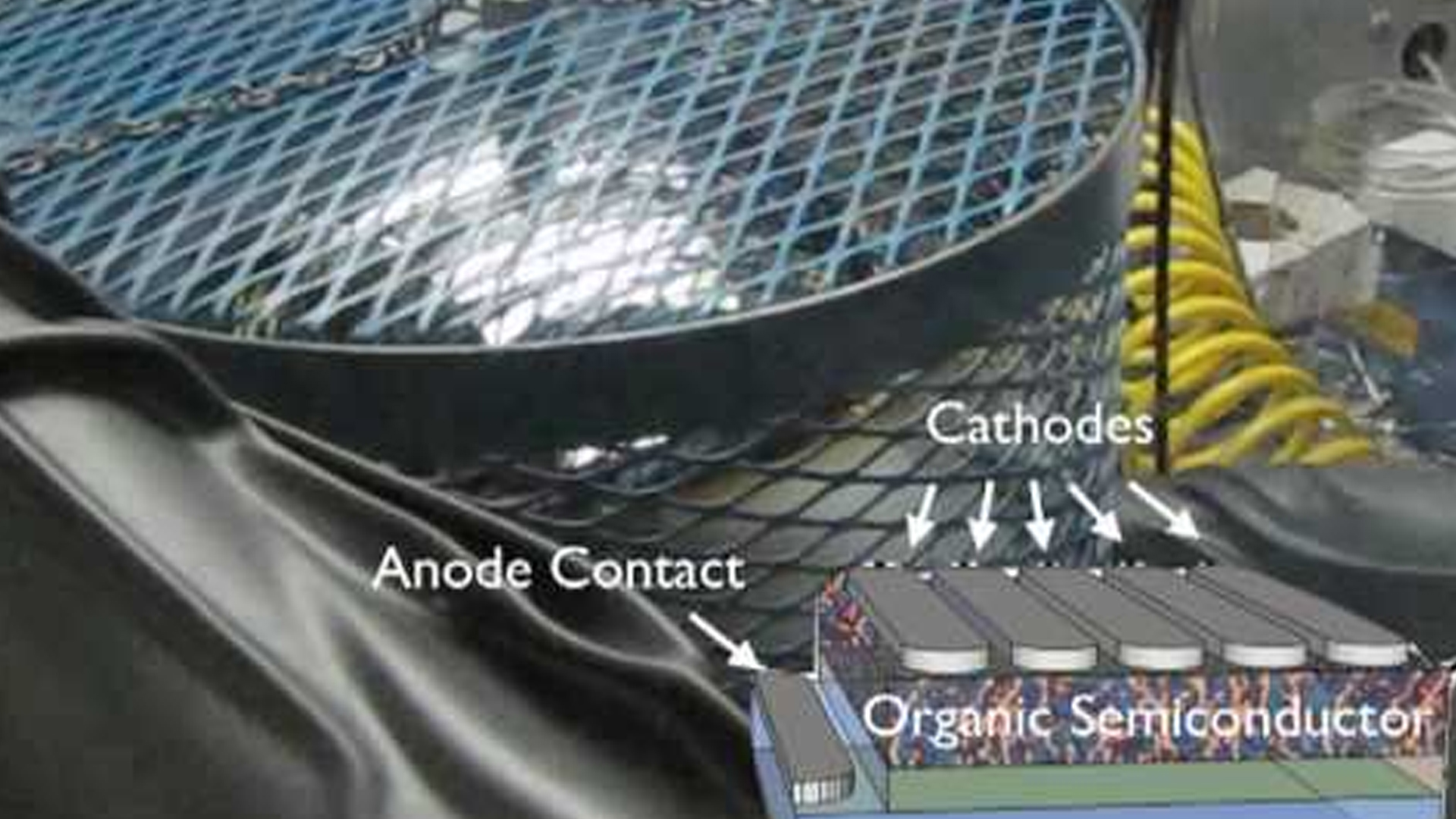Overall U.S Cost Of Solar Systems Falls
According to a report by Berkeley Lab, the most recent decline in costs is primarily the result of a decrease in PV module costs. In contrast, cost reductions from 1998 through 2007 were largely due to a decline in non-module costs, such as the cost of labor, marketing, overhead, inverters, and the balance of systems.
Researchers at the Department of Energy's Lawrence Berkeley National Laboratory (Berkeley Lab) released a new study on the installed costs of solar photovoltaic (PV) power systems in the U.S., showing that the average cost of these systems declined by more than 30 percent from 1998 to 2008. Within the last year of this period, costs fell by more than 4 percent.
The number of solar PV systems in the U.S. has been growing at a rapid rate in recent years, as governments at the national, state, and local levels have offered various incentives to expand the solar market. With this growth comes a greater need to track and understand trends in the installed cost of PV.
“A goal of government incentive programs is to help drive the cost of PV systems lower. One purpose of this study is to provide reliable information about the costs of installed systems over time,” says report co-author Ryan Wiser.
According to the report, the most recent decline in costs is primarily the result of a decrease in PV module costs. “The reduction in installed costs from 2007 to 2008 marks an important departure from the trend of the preceding three years, during which costs remained flat as rapidly expanding U.S. and global PV markets put upward pressure on both module prices and non-module costs. This dynamic began to shift in 2008, as expanded manufacturing capacity in the solar industry, in combination with the global financial crisis, led to a decline in wholesale module prices,” states the report, which was written by Wiser, Galen Barbose, Carla Peterman, and Naim Darghouth of Berkeley Lab's Environmental Energy Technologies Division.
In contrast, cost reductions from 1998 through 2007 were largely due to a decline in non-module costs, such as the cost of labor, marketing, overhead, inverters, and the balance of systems.
The study—the second in an ongoing series that tracks the installed cost of PV—examined 52,000 grid-connected PV systems installed between 1998 and 2008 in 16 states. It found that average installed costs, in terms of real 2008 dollars, declined from $10.80 per watt (W) in 1998 to $7.50/W in 2008, equivalent to an average annual reduction of $0.30/W, or 3.6 percent per year in real dollars.
Other information about differences in costs by region and by installation type emerged from the study. The cost reduction over time was largest for smaller PV systems, such as those used to power individual households. Also, installed costs show significant economies of scale—small residential PV systems completed in 2008 that were less than 2 kilowatts (kW) in size averaged $9.20/W, while large commercial systems in the range of 500 to 750 kW averaged $6.50/W.
Installed costs were also found to vary widely across states. Among systems completed in 2008 and less than 10 kW in size, average costs range from a low of $7.30/W in Arizona, followed by California, which had average installed costs of $8.20/W, to a high of $9.90/W in Pennsylvania and Ohio. Based on these data, and on installed cost data from the sizable German and Japanese PV markets, the authors suggest that PV costs can be driven lower through large-scale deployment programs.
The study also found that the new construction market offers cost advantages for residential PV systems. Among small residential PV systems in California completed in 2008, those systems installed in residential new construction cost $0.80/W less than comparably-sized systems installed in rooftop retrofit applications.
The study also found that the average size of direct cash incentives provided by state and local PV incentive programs declined over the 1998-2008 study period. Other sources of incentives, however, such as federal investment tax credits (ITCs), have become more significant. For commercial PV systems, the average combined after-tax value of federal and state ITCs, plus direct cash incentives provided by state and local incentive programs, was $4.00/W in 2008, down slightly from its peak in 2006 but still a near-record-high. Total after-tax incentives for residential systems, on the other hand, were at an historic low in 2008, averaging $2.90/W, their lowest level within the 11-year study period.
The drop in total after-tax incentives for both commercial and residential PV from 2007 to 2008 more than offset the cost reduction over this period, leading to a slight rise in the net installed cost, or the installed cost facing a customer after receipt of financial incentives. For residential PV, net installed costs in 2008 averaged $5.40/W, up 1% from the previous year. Net installed costs for commercial PV averaged $4.20/W, a 5% rise from 2007.





























